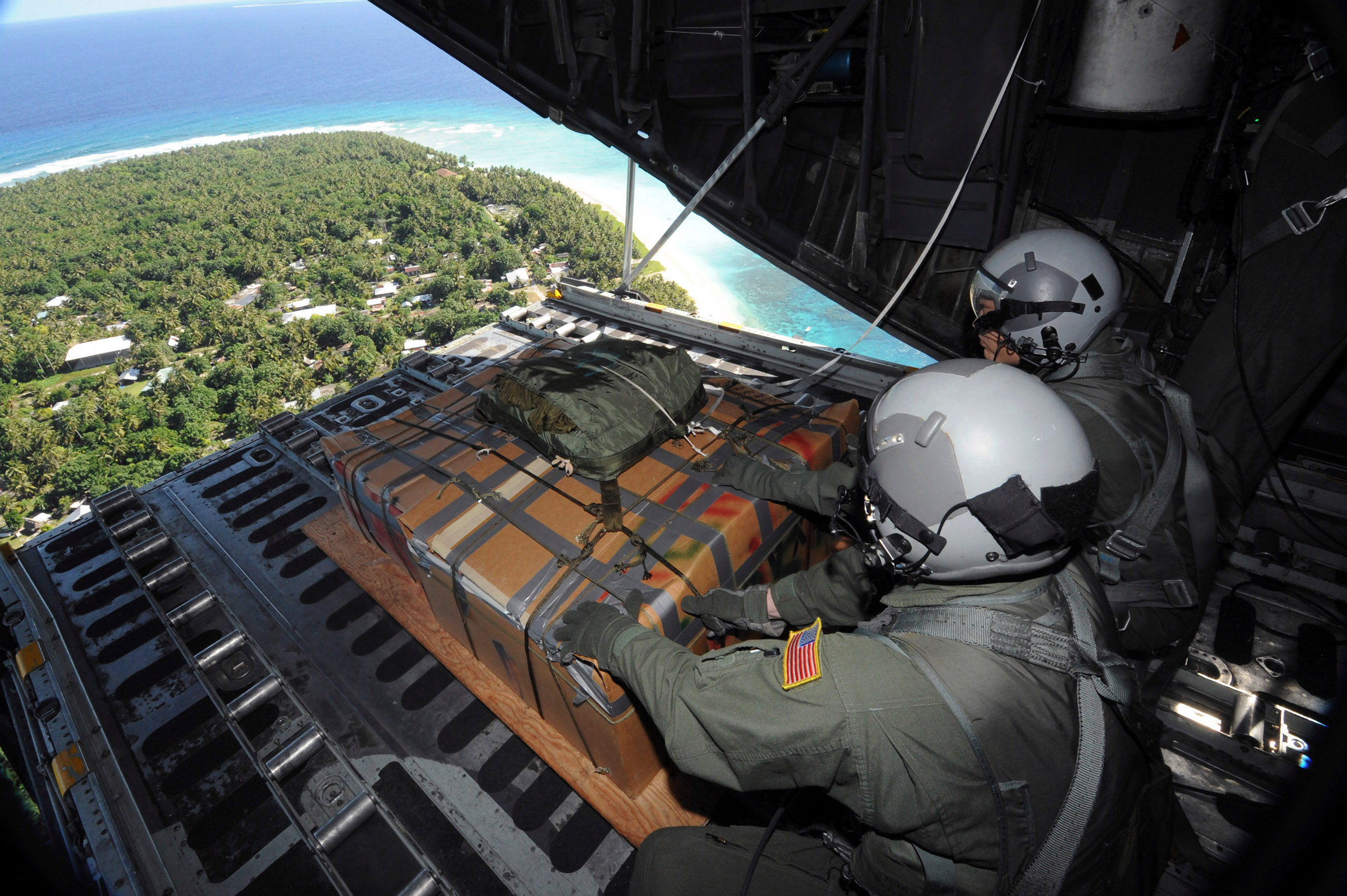
- SAP Community
- Groups
- Industry Groups
- SAP for Public Sector
- Blogs
- 5 ways to support humanitarian missions
- Subscribe to RSS Feed
- Mark as New
- Mark as Read
- Bookmark
- Subscribe
- Printer Friendly Page
- Report Inappropriate Content

Since the beginning of the end of the cold war, defense organizations are more and more tasked
with multi-national humanitarian operations. Internal operations and the
adjustment of the whole organization was, and still is, a major task to
accomplish for today’s military organizations.
It took some time for all UN nations until they adjusted
their code of conduct to these new requirements and the newly developed
necessity to operate globally with the need to react to circumstances which
were not on their radar before. The ability to support either, the United
Nations, the NATO, the European Defense Agency (EDA) or
even single nations in their effort to fight against natural disasters,
epidemics, and other humanitarian challenges can be seen lately in the Ebola
crisis.
There are five major principles that define the success of a humanitarian mission and
they are:
o Think and act global
o Equipment availability
o Fully established, stable and operational supply chain
o Close operation between participating organizations
o Satisfy basic needs to the population
Firstly, it
is vital to act global and think global. The fast reaction on any disaster is
critical to the success of any mission in this context.
The second
aspect is the availability of equipment at any time, anywhere to support global
operations. In this context e.g. air transport capabilities is key to any
mission abroad and allows for the deployment of forces and equipment in the
fastest possible way.
The third
prerequisite is a fully established, stable and operational supply chain –
ideally from the manufacturer/OEM to the operational theatre and the forces
operating therein. It is of vital importance that necessary equipment such as
blankets, medical devices, medicine, water devices, pumps, etc. are made
available as fast as possible to the people in need in the areas of natural
disasters, but also in humanitarian missions.
The fourth
point is the close cooperation between the various organizations and helping
authorities, in the supporting nations as well as in the nation where help is
needed. Data needs to be exchanged in real time to provide a current state of
the situation to all participating parties in this combined effort. Every
organization relies on up-to-date information to be able to operate in their
mission in the optimal way possible. Supply Chains need to cross boarders where
sensible and where data sovereignty is not violated. Equipment availability is
the measurable key performance indicator, which directly impacts the help that
is provided to each and every individual in need.
The fifth
and most important argument for a successful mission under sometimes very
difficult circumstances is the satisfaction of basic needs to the population in
the “operational theater” of any humanitarian mission fast and without any
delay. In case of an earth quake or flooding, massive landslides or even
absolute drought it is the first and most important task to help the people. To
be able to react fast, there are systems in place around the world to measure
sensors for e.g. a tsunami wave in the Asian pacific region, or earth quake
sensor data in the Japanese Islands. This is critical for a fast and well
organized reaction on these threats and to prevent pestilence to break out. Humanitarian aid in catastrophic
circumstances heavily relies on current data which was evaluated fast and made
available to all parties within seconds.
SAP provides solutions for military organizations which support exactly that. With
state-of-the-art big data features, planning and deployment functions, reliable
supply chain management functions, interoperability capabilities, predictive
analytics and maintenance functions to support today’s missions and to help
people survive in life challenging situations.
Please also see this video: http://www.sap.com/asset/detail.2015-02-feb.sap-defense-overview-video-mp4.html
To learn more, review SAP for Defense & Security solutions
For further information please also refer to this blog: Humanitarian Big Data Stories blog
- SAP Managed Tags:
- Defense and Security,
- Public Sector,
- Security
You must be a registered user to add a comment. If you've already registered, sign in. Otherwise, register and sign in.